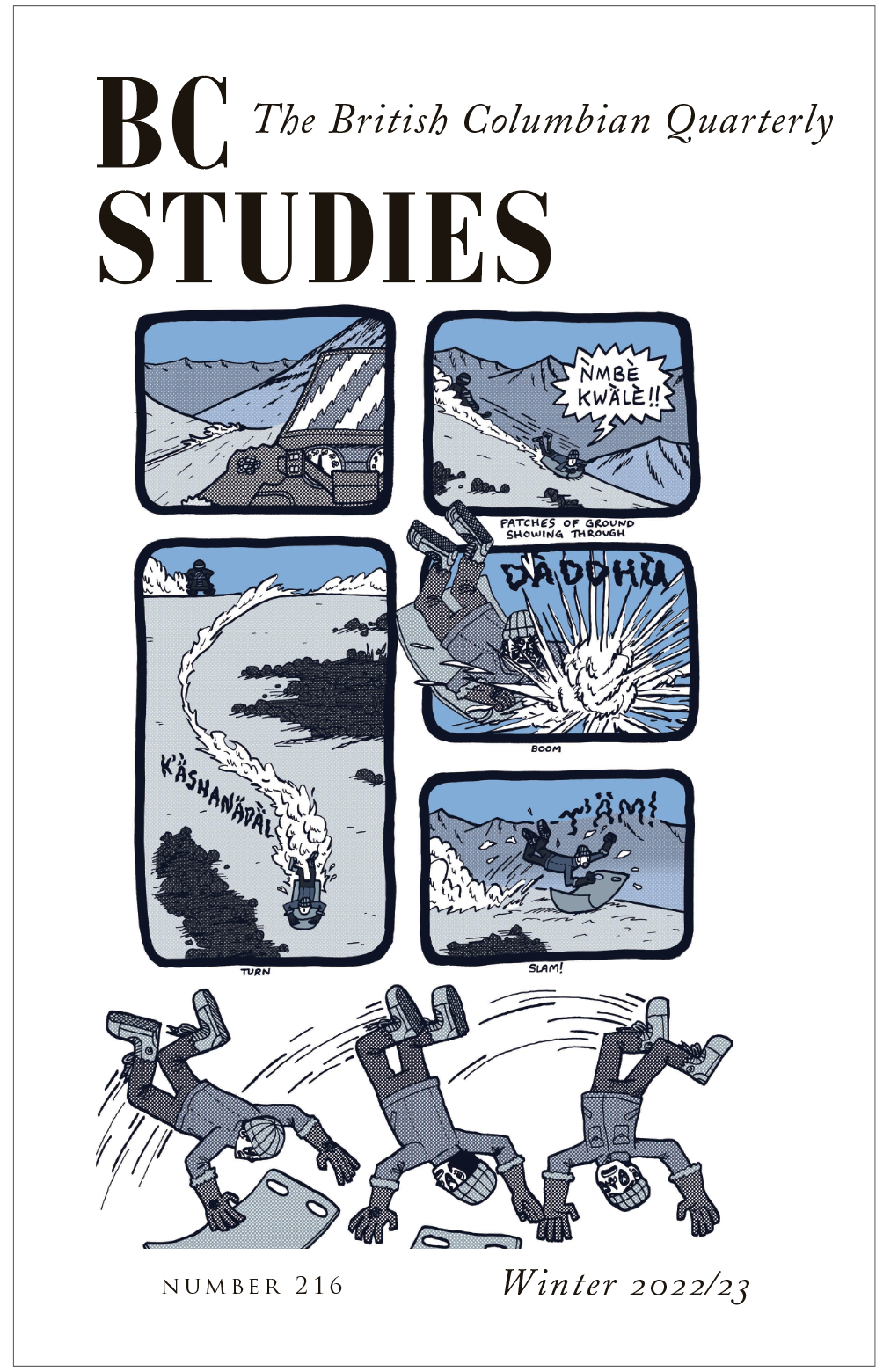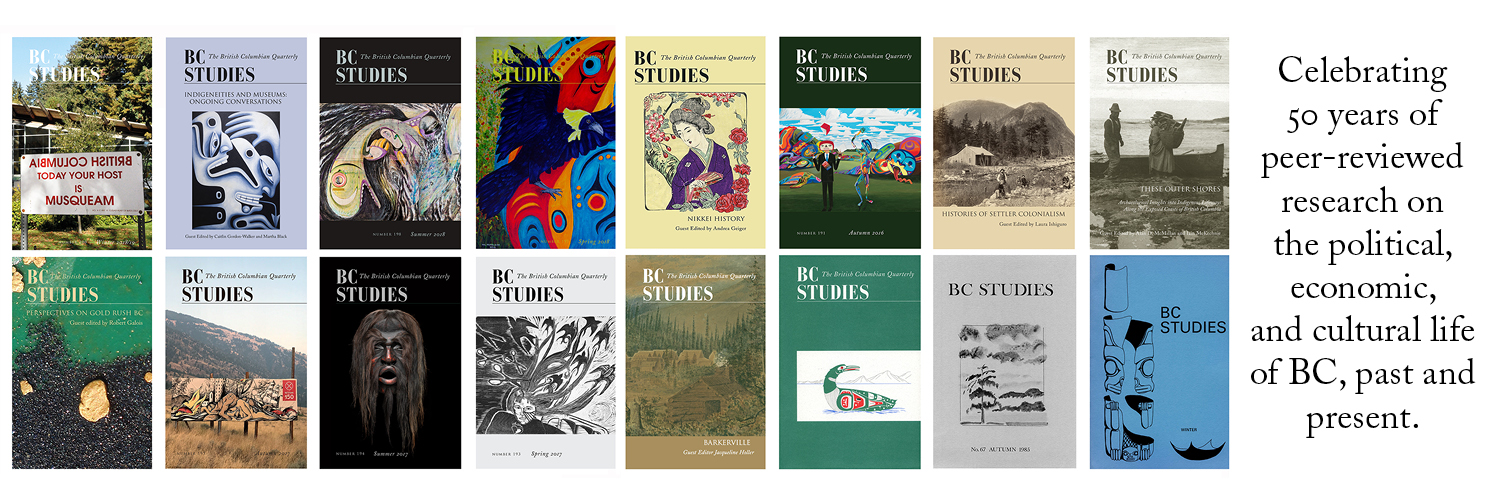The Living Nature of a Modern Treaty
Preparing for the Maa-nulth Treaty’s First Periodic Review
DOI:
https://doi.org/10.14288/bcs.no216.197622Keywords:
Maa-nulth Treaty, Huu-ay-aht First Nations, modern treaties, periodic review, nation-to-nation relationships, Indigenous governanceAbstract
In 2011 the Maa-nulth Treaty came into effect, replacing the Indian Act for the five Nuu-chah-nulth signatories to the Maa-nulth Final Agreement. Tucked in the first section of the treaty is the periodic review where the “Living Tree” doctrine – a foundational legal principle that directs and sets precedent for common law in Canada – is enacted. In 2026, the Maa-nulth Treaty will undergo its first periodic review, with the option to open up and revise the treaty. While Nuu-chah-nulth Nations have long revisited sacred agreements included in legal principles, revisiting such agreements with Crown parties is relatively new in British Columbia. Based on the thematic analysis of twenty-five interviews with Maa-nulth Treaty implementation team members from the Maa-nulth Treaty Society, the federal and provincial governments, and the Alliance of British Columbia Modern Treaty Nations, in this article we explore how treaty signatories perceive and are preparing for the periodic review. We do so while nesting our findings in the supposed evolution of treaty conceptualizations from cede and surrender through to the current Recognition and Reconciliation of Rights Policy in British Columbia. Findings suggest that representatives from across the treaty table are generally willing to uphold the living nature of treaty per priorities identified by Maa-nulth Nations. Yet challenges with implementation remain, particularly associated with poor funding of the treaty, the shuffling of representatives in federal and provincial governments, the magnitude of implementing self-governance for First Nations, and a lack of understanding across federal and provincial governments about the complexity of implementation.



